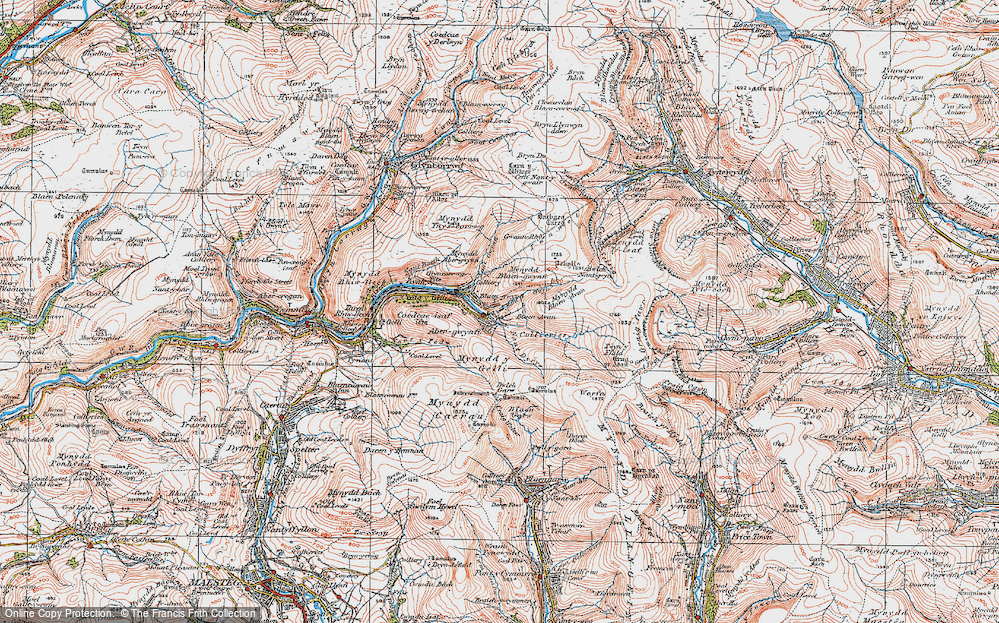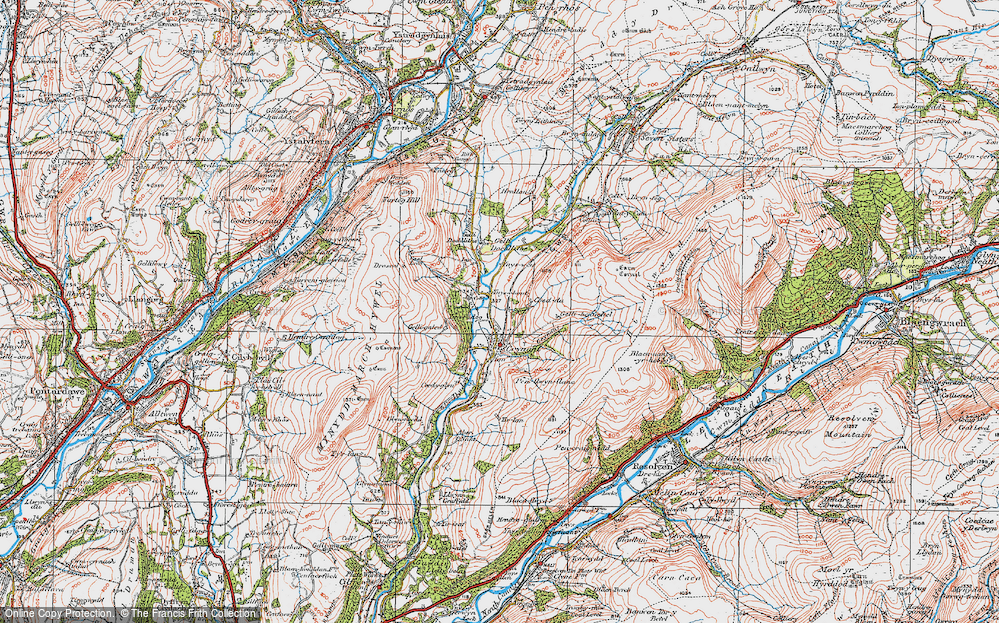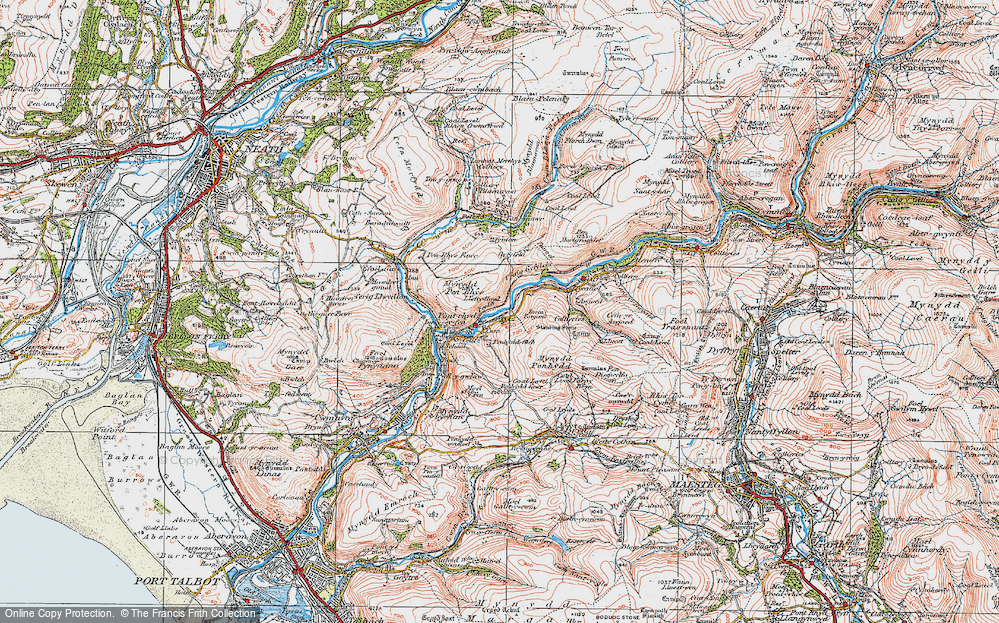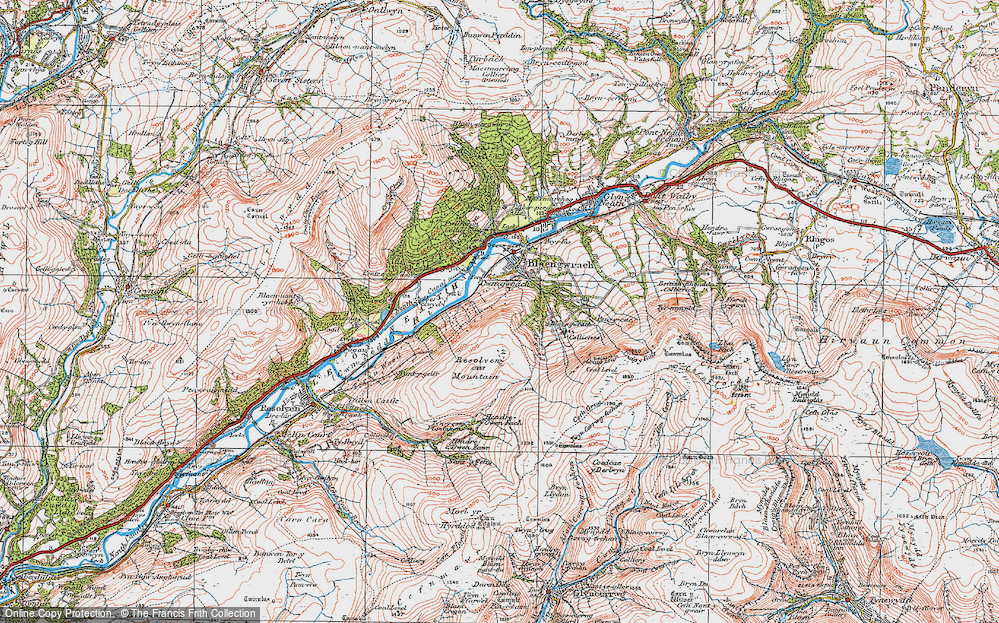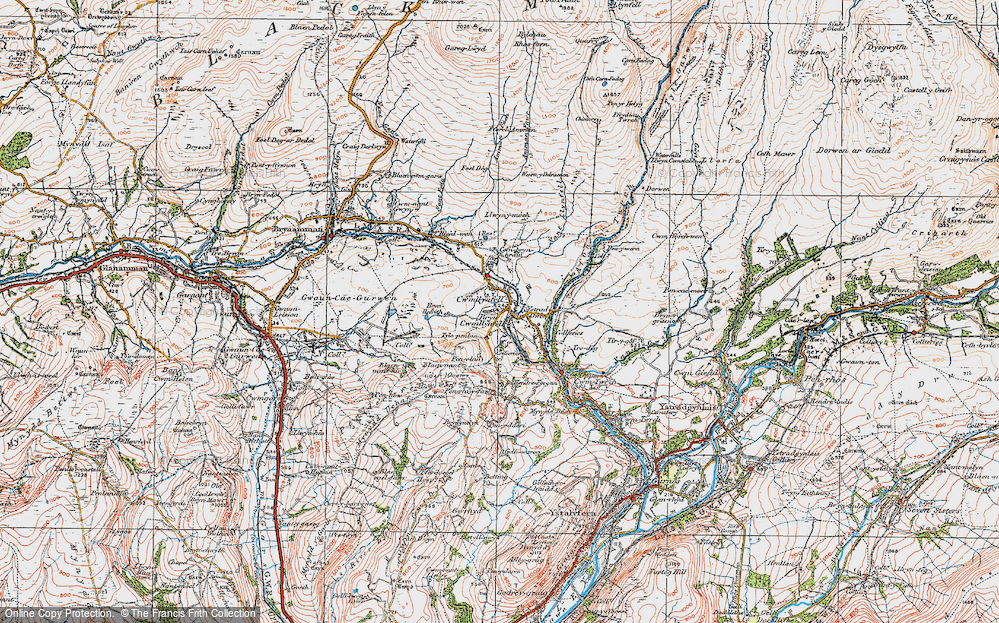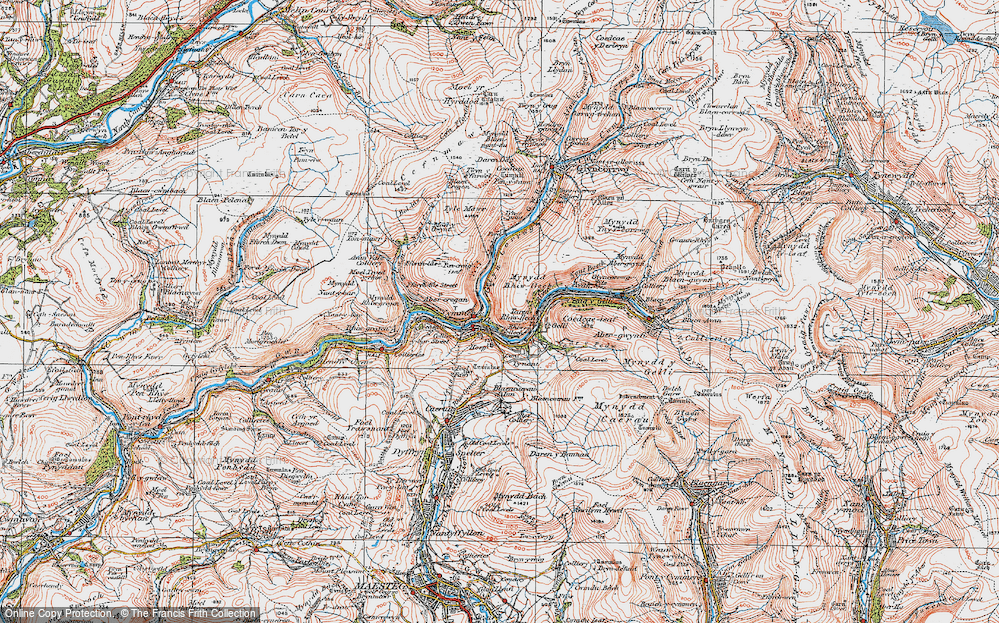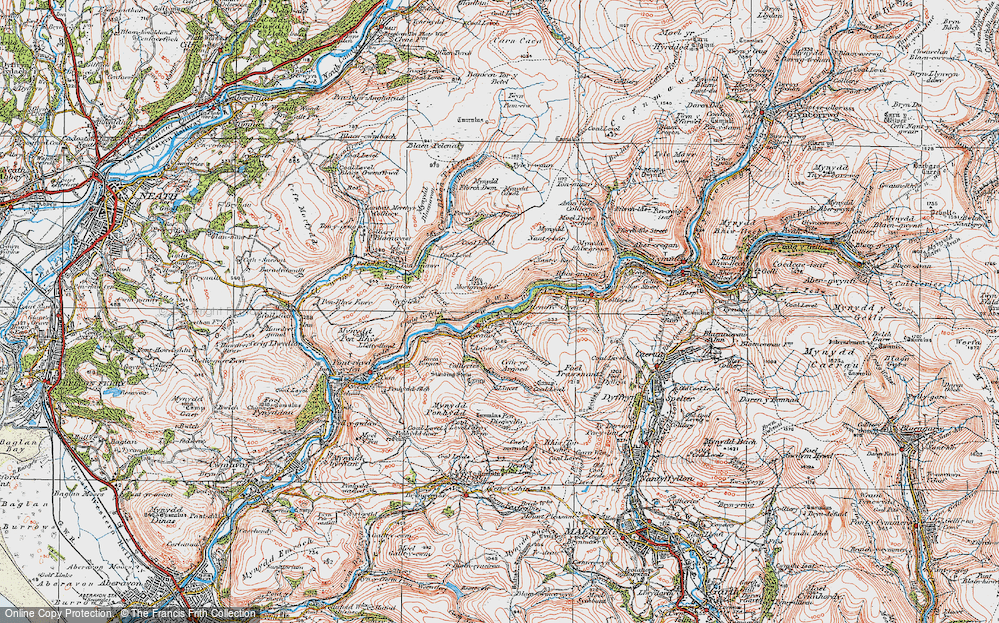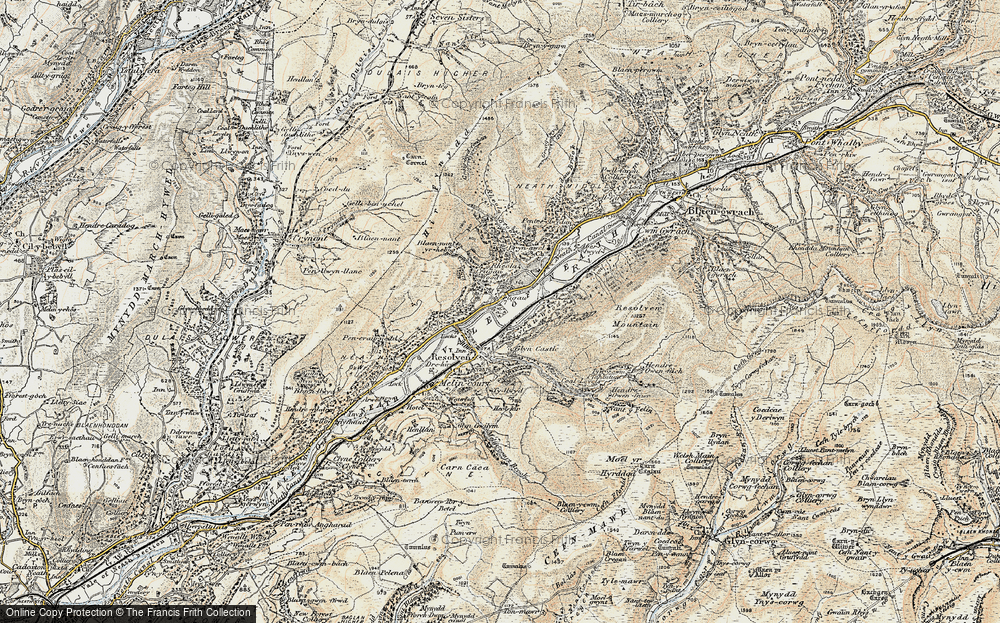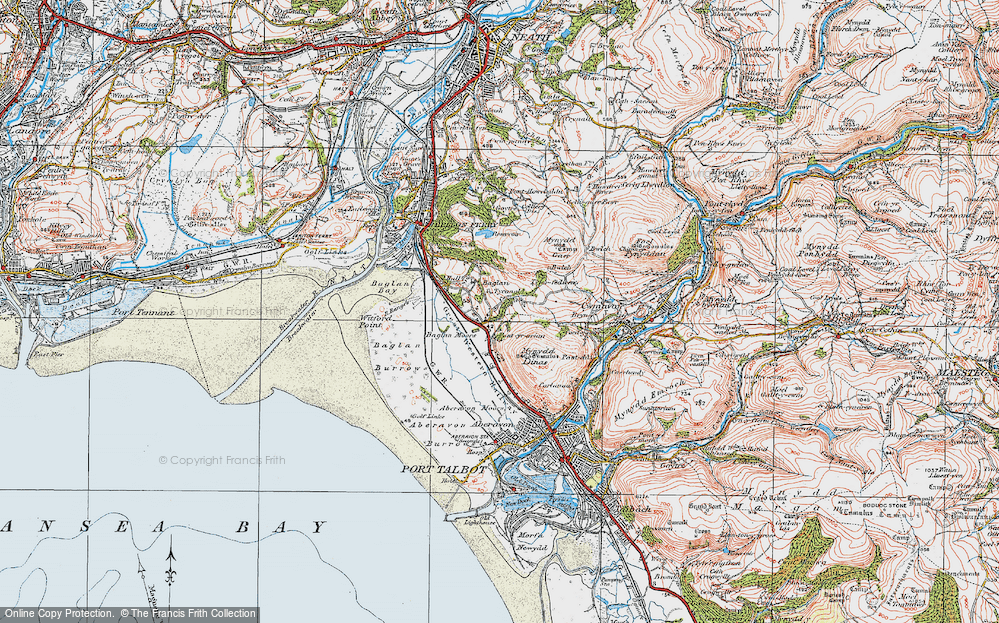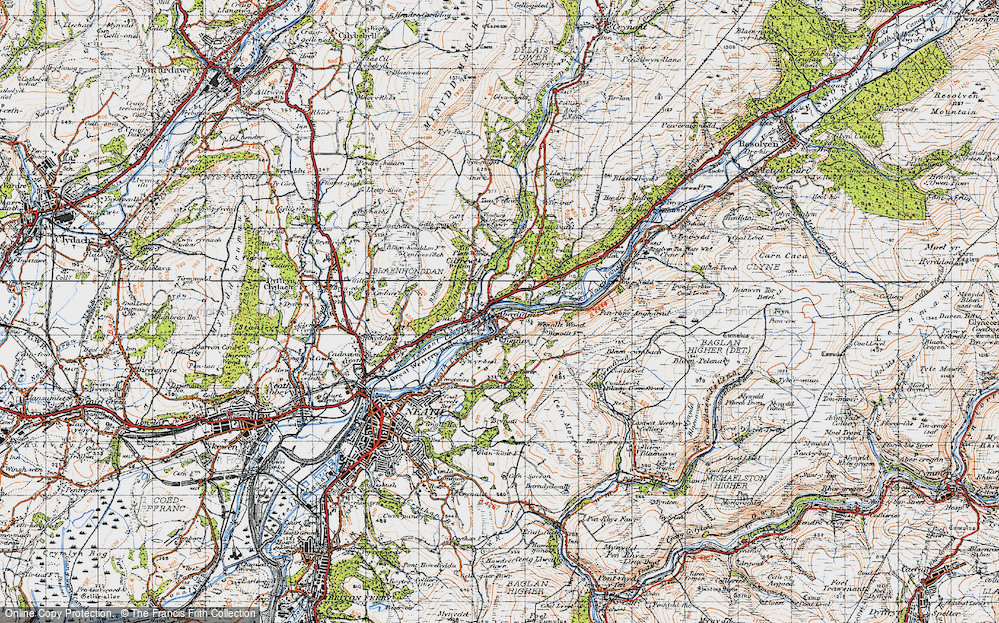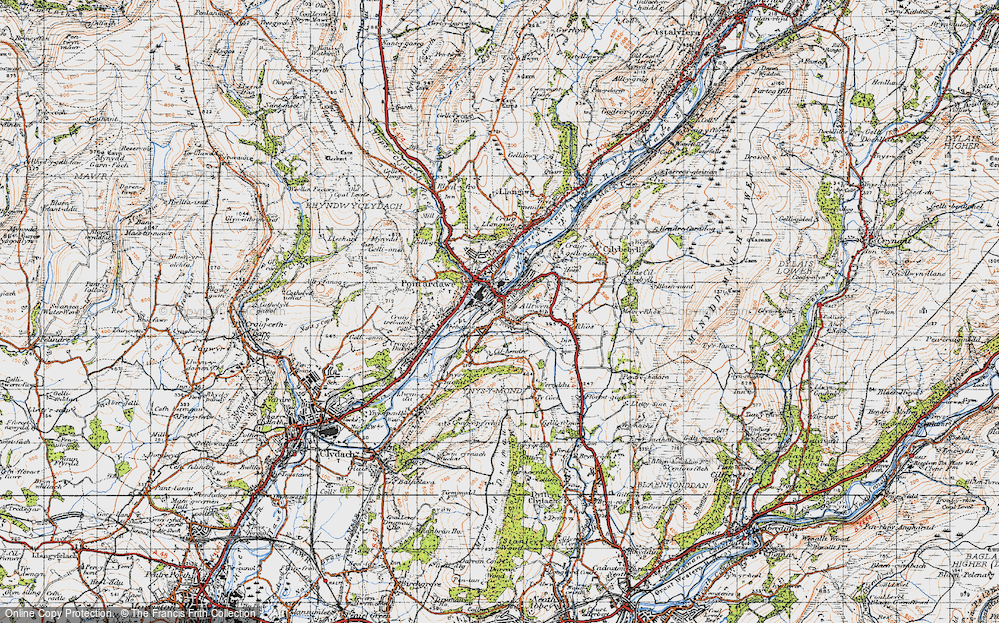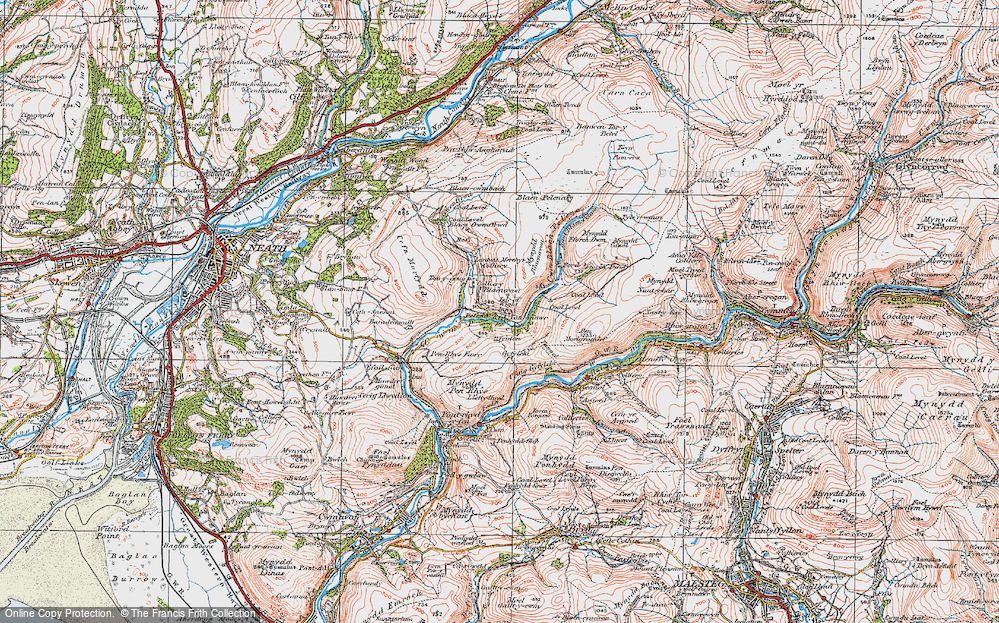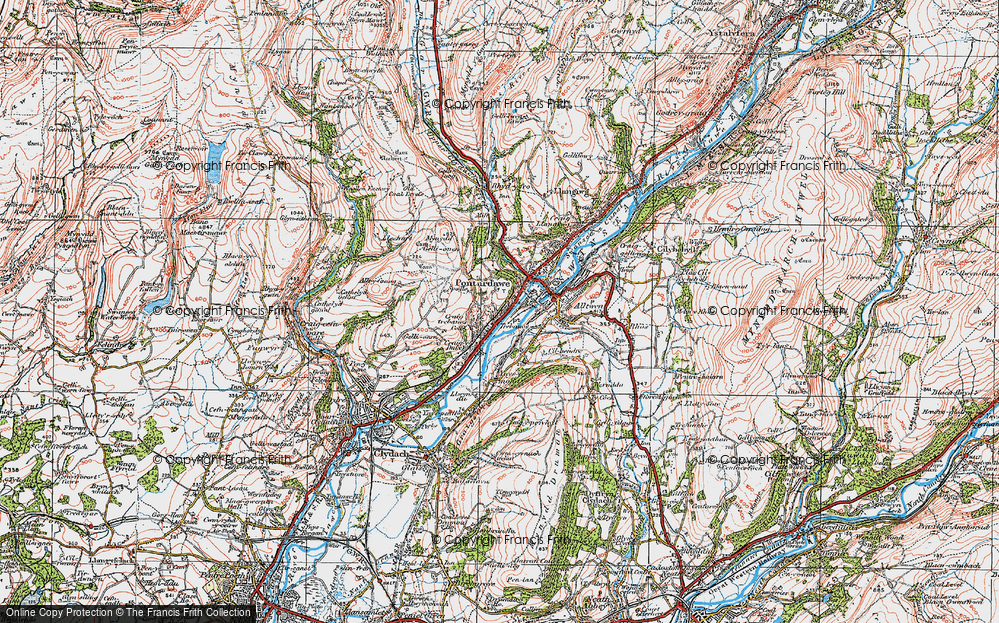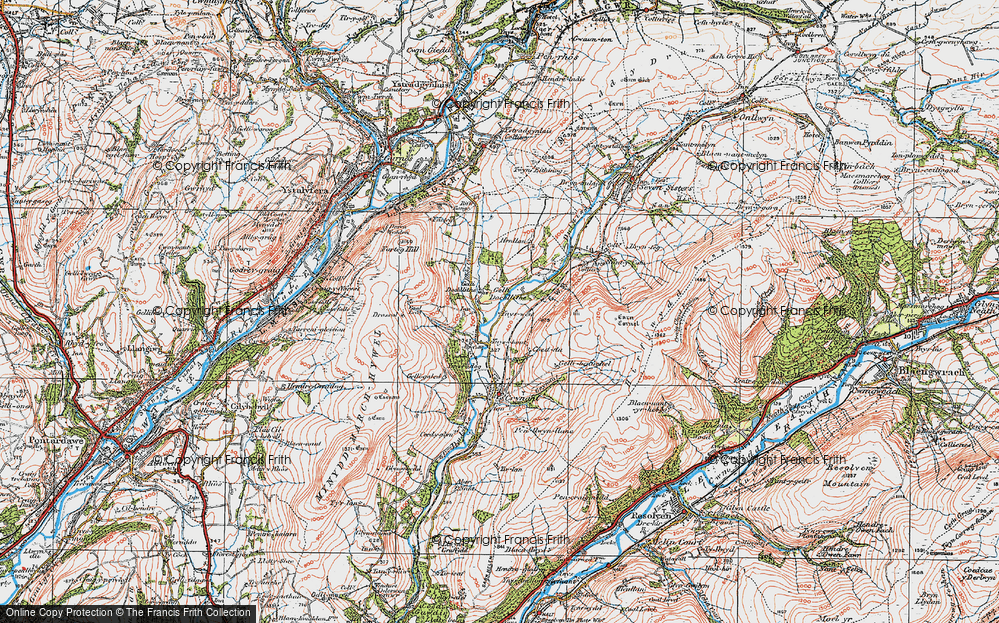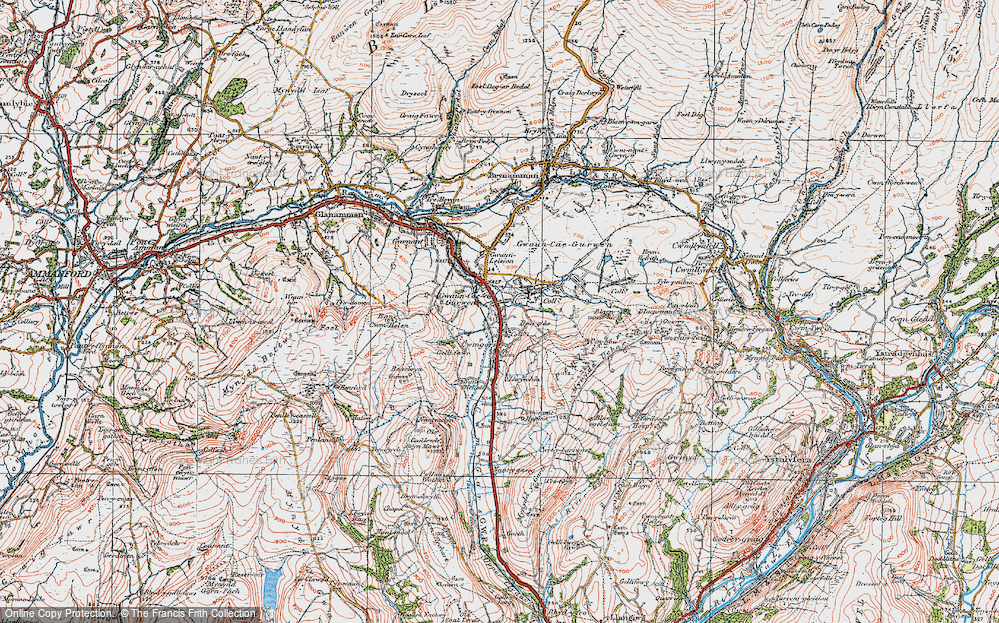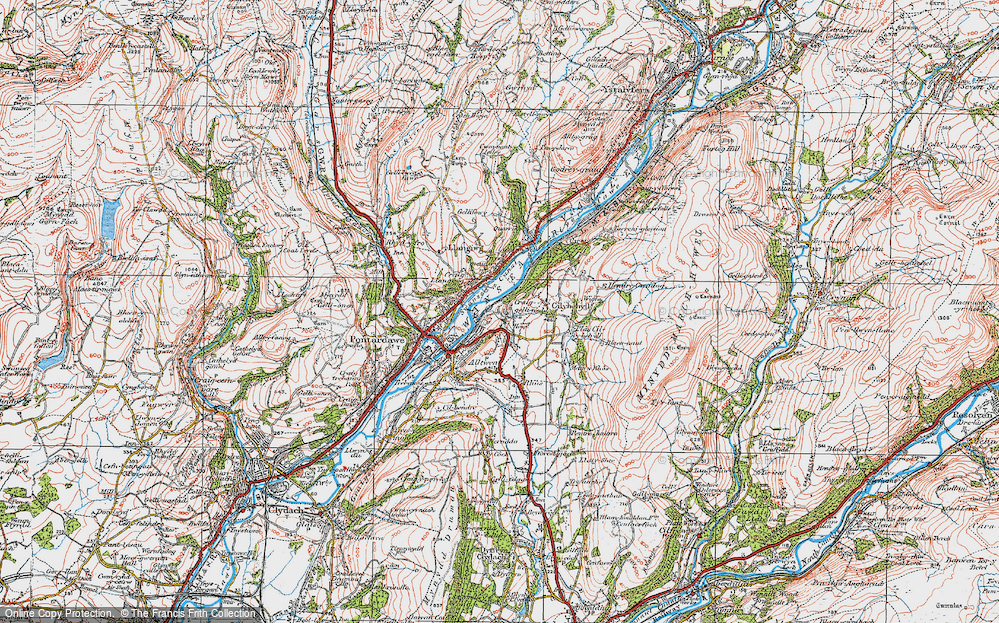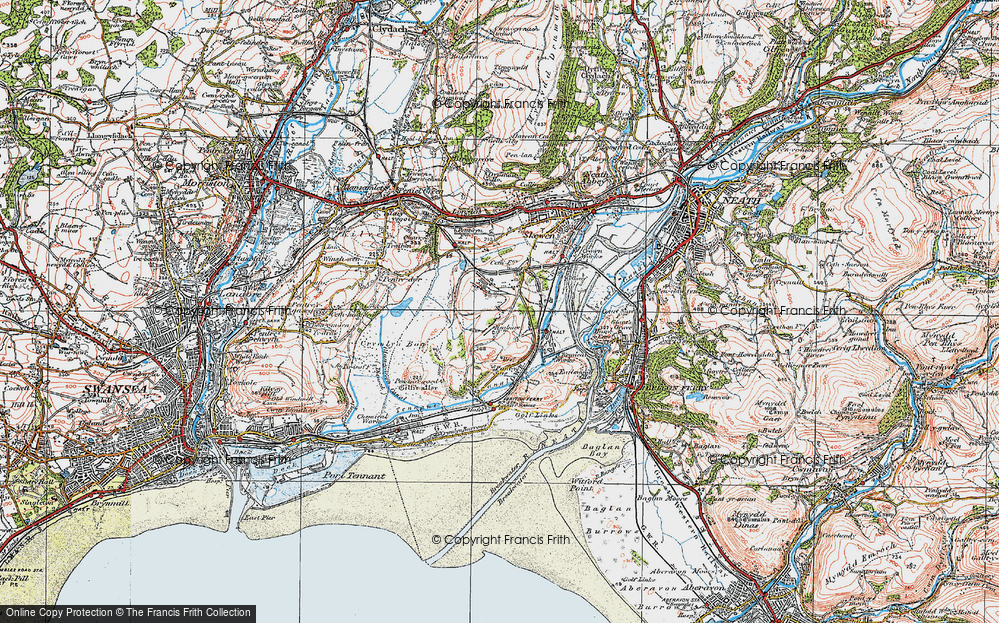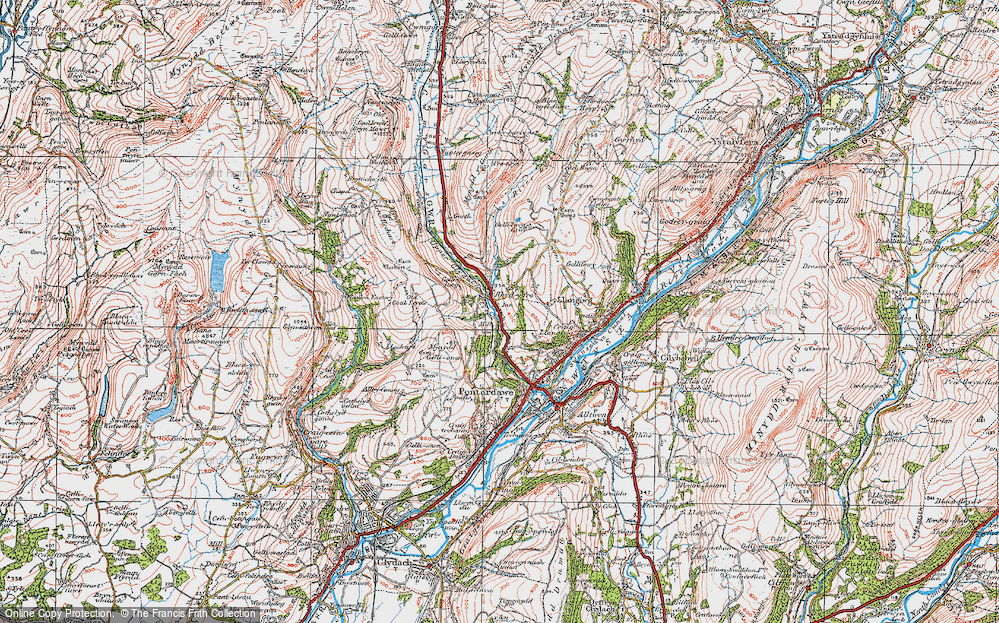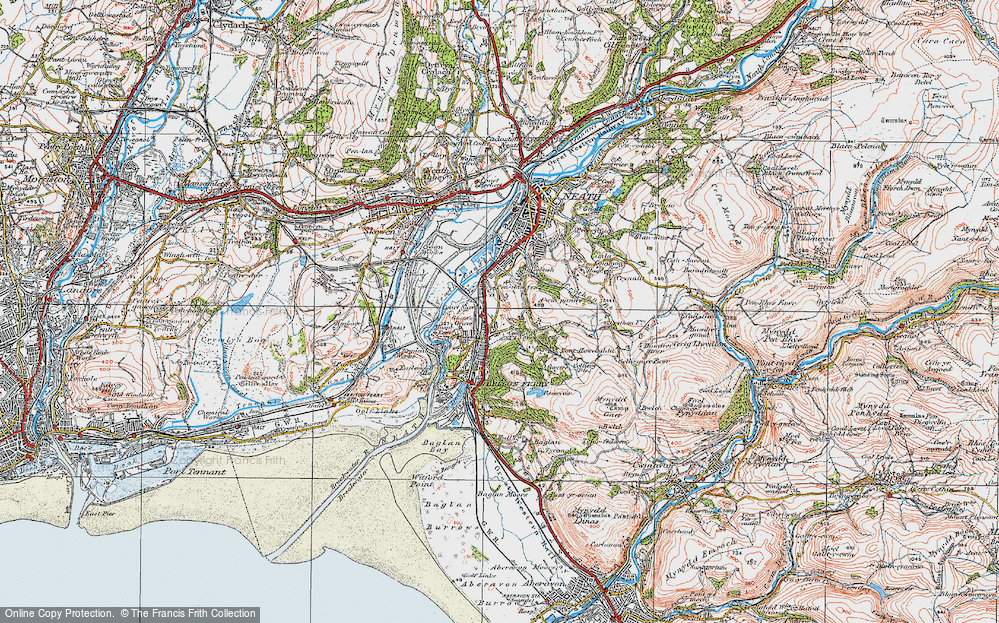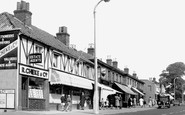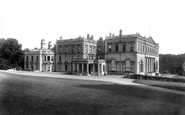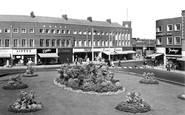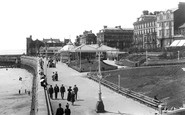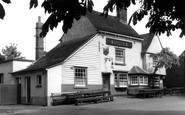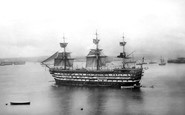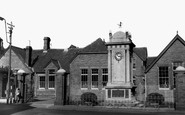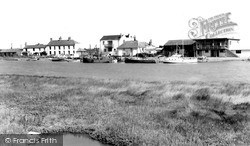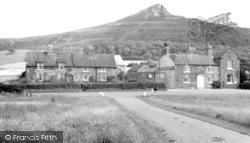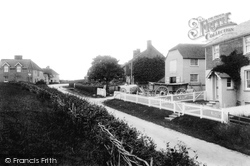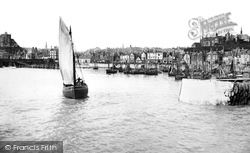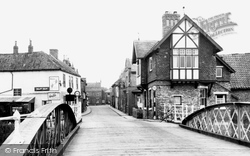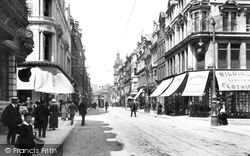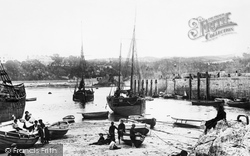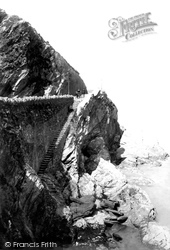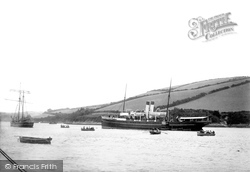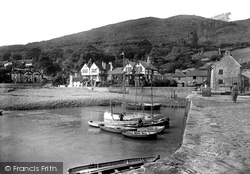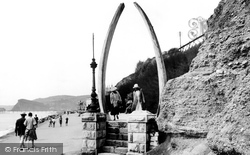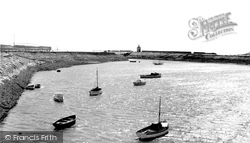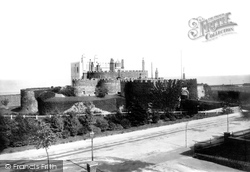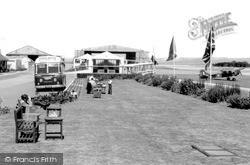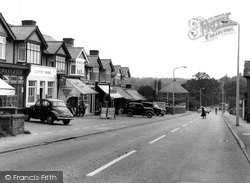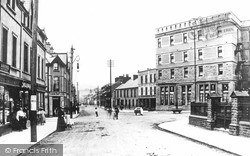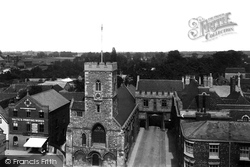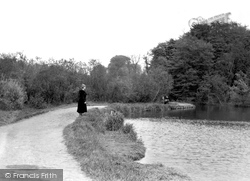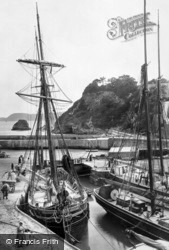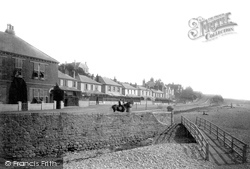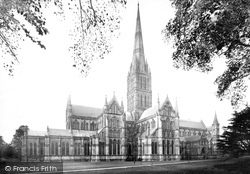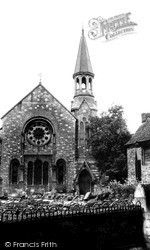Places
Sorry, no places were found that related to your search.
Photos
Sorry, no photos were found that related to your search.
Maps
670 maps found.
Books
4 books found. Showing results 457 to 4.
Memories
1,789 memories found. Showing results 191 to 200.
Pit Village In My Youth
My name is Ken Orton and I lived in Thornley from 1947 until 1974, the year I married. I was born in Shadforth but my parents moved from there to Thornley when I was about one month old. We lived at 72, Thornlaw North until ...Read more
A memory of Thornley by
Bankil's Ironmonger
Bankil's of Woodford Bridge was my uncle's shop. The two men in brown coats were 'Hock' and Dick Chinnery. My uncle was John Banks. My father Brian and brother Peter also worked there for short periods of time on ...Read more
A memory of Woodford Bridge in 1960 by
Crichel House During The War Years
Dumpton House (Preparatory) School was evacuated to Crichel during the Second World War from Broadstairs in Kent. My older brother (Paul Cremer) was already at the school and due to the war my parents sent me ...Read more
A memory of Crichel Ho in 1940 by
Tinshill Crescent
I was born in 1951 at Tinshill Crescent. I had an older brother Rodney (b 1946). I attended old Cookridge School (as previously described by Paul Leavett). It also had 2 prefab classrooms as well as the wooden hut. I remember ...Read more
A memory of Cookridge in 1956 by
Bull Ring And Market
I have just been back to Wakefield for a short break. I knew what to expect before I set off. But still don't know whose idea it was to do away with the old Bull Ring which I thought made it look more like a city. Why take ...Read more
A memory of Wakefield in 1959 by
Childhood In The 1950s
It breaks my heart to see how the years, short-sighted councillors and rapacious businessmen have ruined this once noble and beautiful seaside resort. How could anybody have countenanced destroying this view for the ...Read more
A memory of Bridlington by
The Corringham Bull
The Corringham Bull brings back memories for me too. I remember very well the legendary publican Charlie Abbott, better known as 'short change Charlie'. I left Corringham in 1963 but I sometimes return for a visit and have a ...Read more
A memory of Corringham in 1952 by
A Yokels Tale
A Personal Recollection of growing up during the last days of the pedestrian era in rural England by Tom Thornton A Yokel's Tale My earliest recollection of my Thornton grandparents, Alice and Tom, dates back to my pre-school ...Read more
A memory of Owslebury in 1941 by
Service On Hms Impregnable 1877 1879
My grandfather, Uriah Hazlehurst, served on this ship from 2nd April 1877 until 2nd March 1879 with a short break between 6th to 19th August 1878 when he was with 'R. Adelaide'. He went on to serve in the RN until 4th October 1895 when he was discharged to Plymouth Hospital.
A memory of Devonport
Visiting Abercynon As 8 Yr Old
I remember visiting Abercynon as a small child. Taken there by my mother to the house of Uncle Benjamin Jones. Having just turned 70 and lived in New Zealand for some 57 years my memories of the location of their ...Read more
A memory of Abercynon in 1950 by
Captions
1,058 captions found. Showing results 457 to 480.
A major rebuilding programme of the harbour began a hundred years ago, and for a few years before the Great War the herring trade flourished; but it was all a short-lived dream.
Shortly after this picture was taken, a number of individual private residences were built to the left on what were, without doubt, prime sites commanding superb views of Roseberry Topping
They also founded the port of Romney.
Folkestone is now known as a cross-channel port which developed in early Victorian days, and a steeply-graded branch railway line was built from the main line to the harbour.
Llantwit Major stands on the Afon Colhugh, and the place is said to have once been a port.
Cawood, on the Yorkshire Ouse close to its confluence with the Wharfe, was formerly an important inland port.
Llantwit Major stands on the Afon Colhugh, and the place is said to have once been a port.
Newport began to grow as a town in the 13th century, and expanded as a port during the Industrial Revolution.
Sailing trawlers were part of a major fleet in this port until 1888, when the Great Western railway opened its large fish dock in nearby Milford Haven.
In 1771 six women arrived in Ilfracombe 'for the benefit of the air, salt water and to spend part of the summer season', and the herring port was on its way to becoming the tourist town it is today; the
This was the last flourish of Salcombe as a commercial port - by 1950 the pleasure craft had taken over.
The different styles and materials used in the construction of the surrounding buildings indicates how the little port developed. Porlock Weir
These whale bones were brought to the town by a local trader, a reminder of Teignmouth's importance as a port.
Burry Port looks and, for the most part, is indeed a tranquil spot for pleasure boating.
The castle was built in 1539, and came under the control of the Lord Warden of the Cinque Ports. In 1648 the castle was captured by Colonel Nathaniel Rich for Parliament.
The small civil airport at Lympne was developed from the wartime fighter base, prior to the enormous expansion of London's Heathrow and Gatwick airports, for short cross-channel flights.
The hexagonal building at the bottom was a provision store plus post office, then a gas company showroom for a short time, and finally Martin's Central Heating, before it was demolished for road widening
The top storey was a recent addition in response to the growing popularity of the short sea route.
Its 15th- century gateway survives at the end of the short lane with St Nicholas's Church on the left, where monastic workers, market traders and travellers could worship.
It makes its way along the lovely Lagan valley; some of the most beautiful stretches are within a short distance of Molly Ward's Lock.
The port was invariably busy, also with cargoes of coal and the sweet-smelling barrel-staves which made the casks for transporting the finer qualities of china clay.
It was once a busy little port exporting salt (from which the town takes its name) and wool, but the estuary became silted up in the 15th century.
Within the short span of 40 years (1220AD-1260AD) the Cathedral was built uniquely in one Gothic style, Early English.
Notice the rose window above a set of stained glass windows and the very unusual round tower with its tall slender windows, and its short canopied roof leading to a bell turret and tall steeple
Places (0)
Photos (0)
Memories (1789)
Books (4)
Maps (670)


